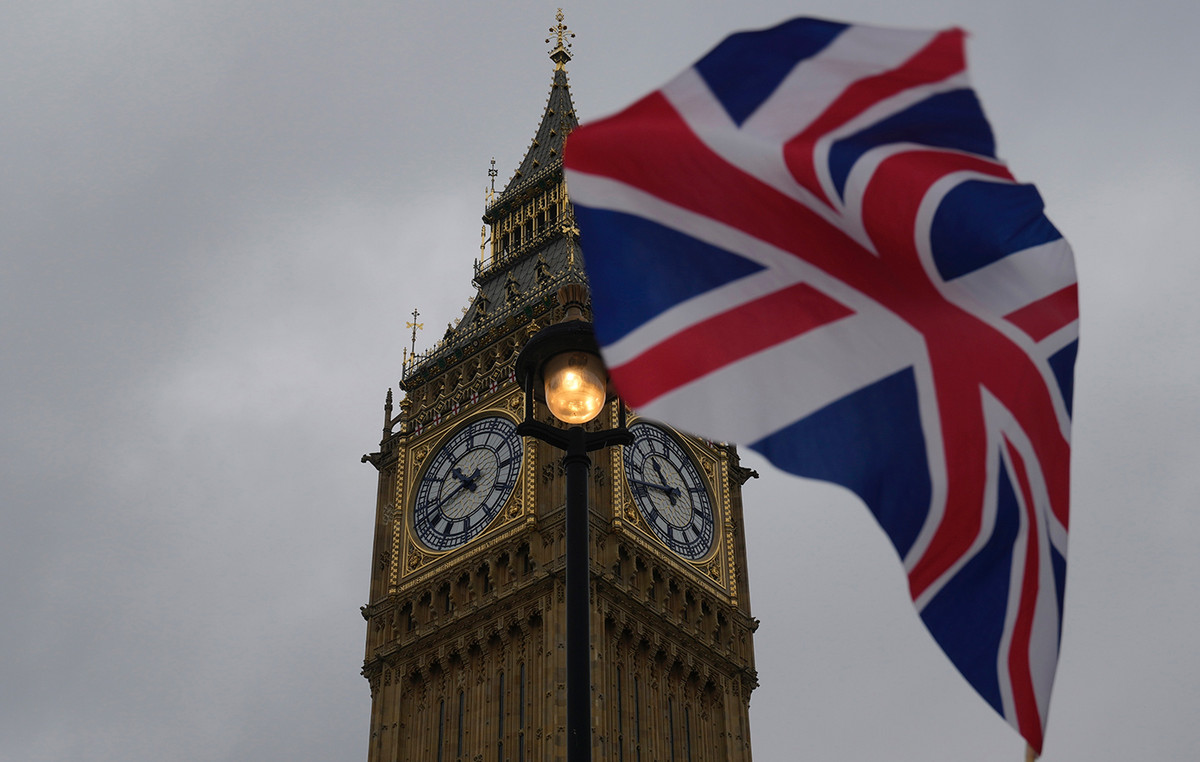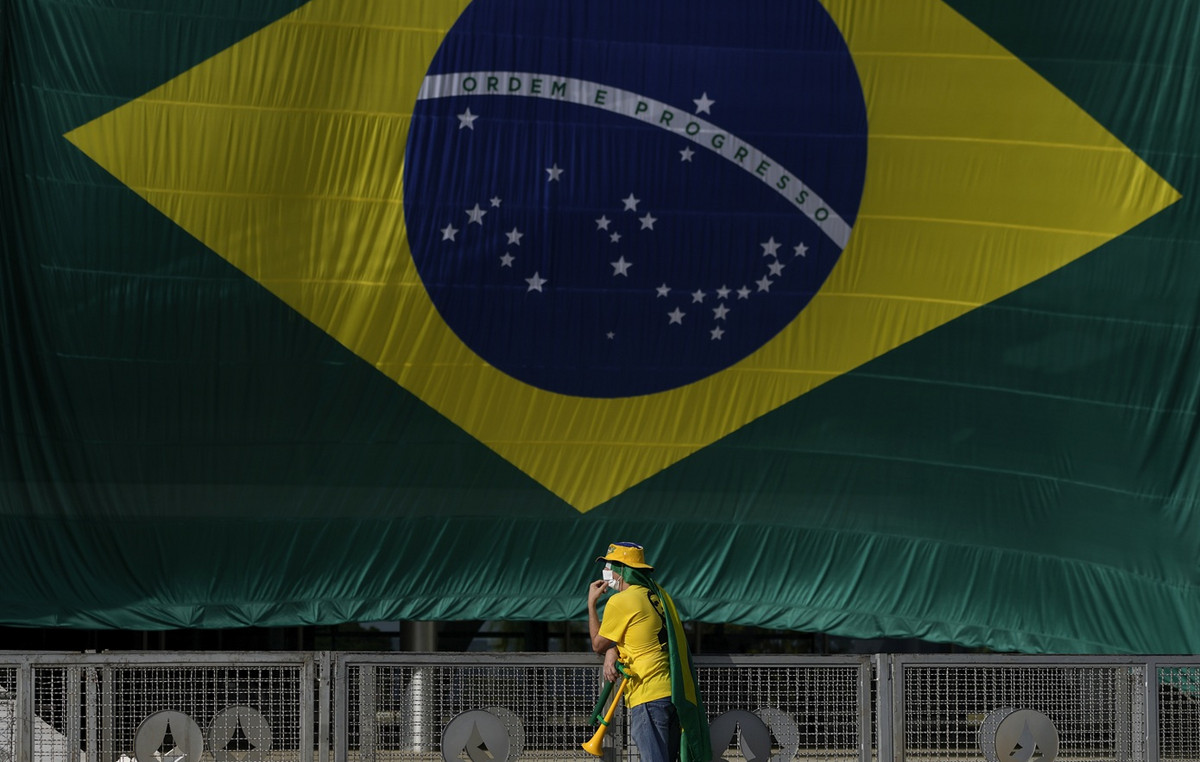The appreciation of the real against the dollar will provide an Easter with greater variety of chocolates.
A survey by the National Confederation of Trade in Goods, Services and Tourism (CNC), based on data from the Department of Foreign Trade, points out that chocolate imports grew 8% this year, compared to the same period last year.
At Easter last year, the dollar cost R$ 5.70. On Tuesday (22), the American currency closed the day quoted at R$ 4.91.
Food symbol of the date, chocolate will contribute to the increase in retail sales volume on the date, which should be 1.9% compared to 2021, already discounting inflation.
The sector expects to move R$ 2.16 billion on the date.
Even if the high projection is confirmed, the movement will still be 5.7% lower than that recorded in 2019, the last year with numbers without the impact of the Covid-19 pandemic.
According to data from the Department of Foreign Trade, imports of chocolates this year rose 8% compared to the same period last year, as Fabio Bentes, an economist at CNC, explains.
“The increase in chocolate imports is the result of an exchange rate moment experienced by the country, which does not matter much, not least because there is important national production. It is natural that there is an increase, due to the environment of economic recovery and because of the unit cost of chocolate, which is low and there are several consumption options. In these conditions faced by the country, it is natural that this is an Easter souvenir”, says the economist.
If demand for chocolate grows, another typical product of the day showed a reduction in imports: Brazilian demand for cod fell 17% compared to 2021 numbers.
According to the CNC, the behavior of the market in relation to imports of sweets and fish reflects a consumption trend that points to the acquisition of cheaper products, amidst the scenario of high inflation.
CNC’s Easter basket includes eight items, and virtually all of them will be more expensive this year.
The average change will be 7%, the highest since 2016 (10.3%). The rate will be pulled, mainly, by the high of cakes (15.1%) and olive oil (12.6%) in the last 12 months.
According to Bentes, the rise in the prices of cakes already registers the impact of the War in Ukraine.
The invaded European country is the sixth largest producer of wheat in the world, while the invader occupies the fifth position.
However, according to the expert, this data does not fully justify the rise in prices measured in the consultation.
“The conflict has an impact on this account, but we were already in a scenario of high inflation, with strong tariff inflation, which is very difficult to control and which spreads easily throughout the economy. So, even if there were not this war in Eastern Europe, we would already have a very relevant impact”, concludes Bentes.
Source: CNN Brasil
I am Sophia william, author of World Stock Market. I have a degree in journalism from the University of Missouri and I have worked as a reporter for several news websites. I have a passion for writing and informing people about the latest news and events happening in the world. I strive to be accurate and unbiased in my reporting, and I hope to provide readers with valuable information that they can use to make informed decisions.







